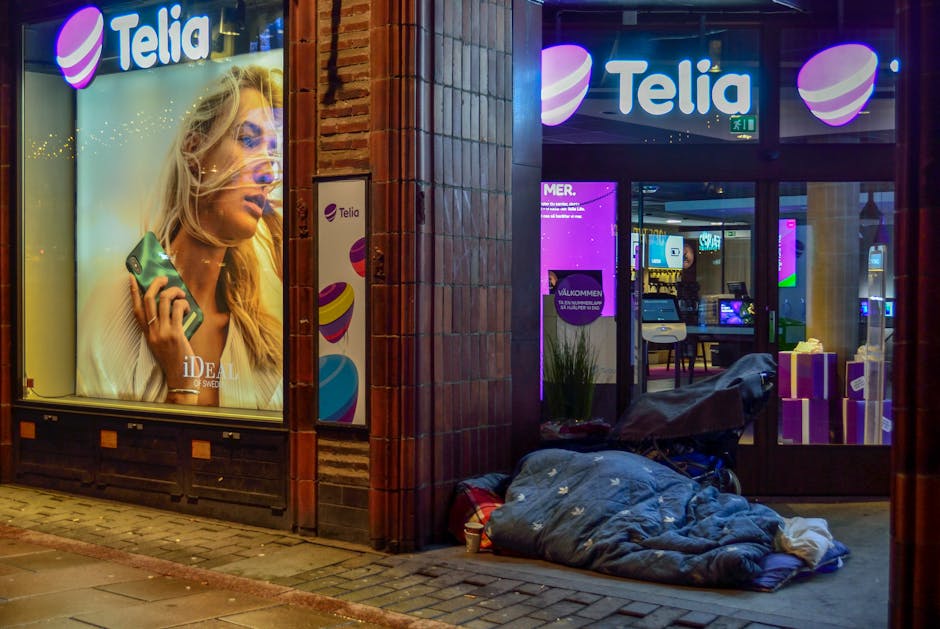AWS Outage Cripples Major Apps—Recovery in Progress
A widespread Amazon Web Services (AWS) outage on Tuesday disrupted some of the internet’s biggest platforms, including Snapchat, Roblox, Disney+, and Slack, leaving millions of users stranded. The outage, which began in the early hours, caused login failures, sluggish performance, and error messages. AWS, which powers over 40% of global cloud infrastructure, confirmed the disruption but later reported “significant signs of recovery” by late afternoon.
What Caused the AWS Outage?
The outage originated in AWS’s US-EAST-1 region, a critical data hub in Northern Virginia. Amazon’s service dashboard cited “increased error rates and latencies” affecting key services like:
- EC2 (Elastic Compute Cloud)
- AWS Lambda
- Relational Database Service (RDS)
The company blamed an “impairment of multiple network devices” but did not disclose technical specifics. Experts suspect a cascading network failure, where a single issue triggered widespread disruptions—a major concern given AWS’s cloud dominance.
Major Platforms Impacted by the AWS Outage
The outage had an immediate domino effect, hitting:
✅ Snapchat – Failed snaps and story-loading issues
✅ Roblox – Gaming disruptions for millions of players
✅ Disney+ & Netflix – Buffering and login failures
✅ Slack & Asana – Workplace collaboration breakdowns
✅ DoorDash & Uber Eats – Order processing delays
Smaller businesses relying solely on AWS also suffered, raising concerns about centralized cloud risks.
AWS Response & Recovery Timeline
By mid-afternoon, AWS engineers identified the root issue and deployed fixes. The company stated:
“We’ve mitigated the underlying issue and are seeing significant recovery.”
However, some systems took longer to stabilize fully. This isn’t AWS’s first major outage—a 2021 incident disrupted Spotify, Ticketmaster, and Ring devices, reigniting debates about cloud fragility.
Lessons Learned: Cloud Reliability Concerns
The outage highlights two key risks:
1️⃣ Over-reliance on a single cloud provider – Businesses using only AWS are vulnerable.
2️⃣ Need for redundancy – Experts recommend multi-cloud strategies (AWS + Google Cloud + Microsoft Azure) to reduce downtime risks.
What’s Next for AWS & Cloud Users?
While most services are back, the outage sparks urgent discussions on:
🔹 Better failover systems – Companies must improve backup protocols.
🔹 Post-mortem analysis – AWS will likely review the incident to prevent repeats.
As cloud dependency grows, resilience planning is now more critical than ever.
Stay updated with NextMinuteNews for real-time tech developments.




